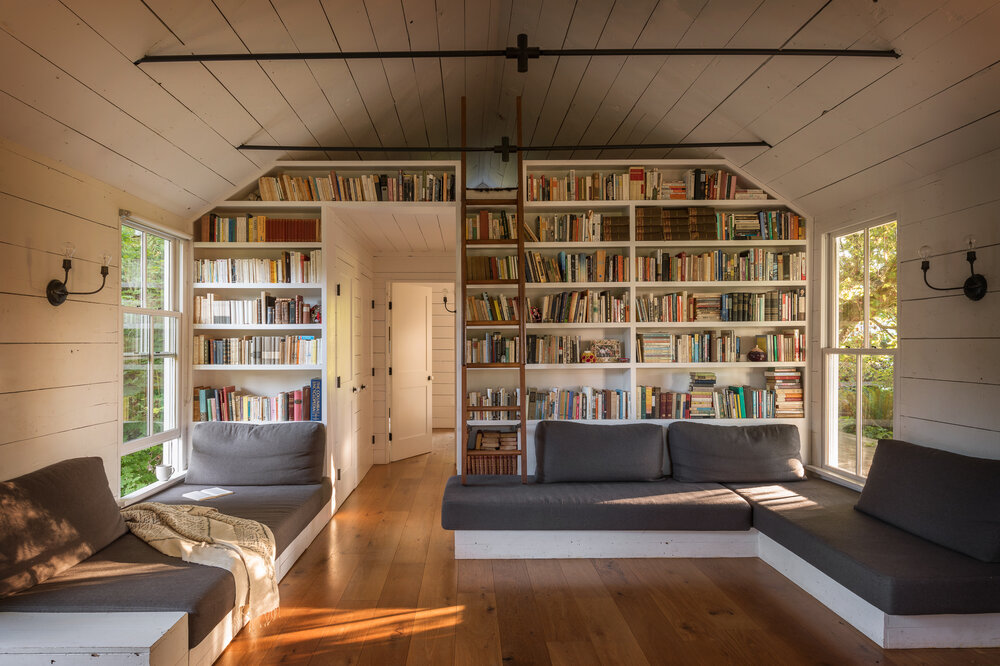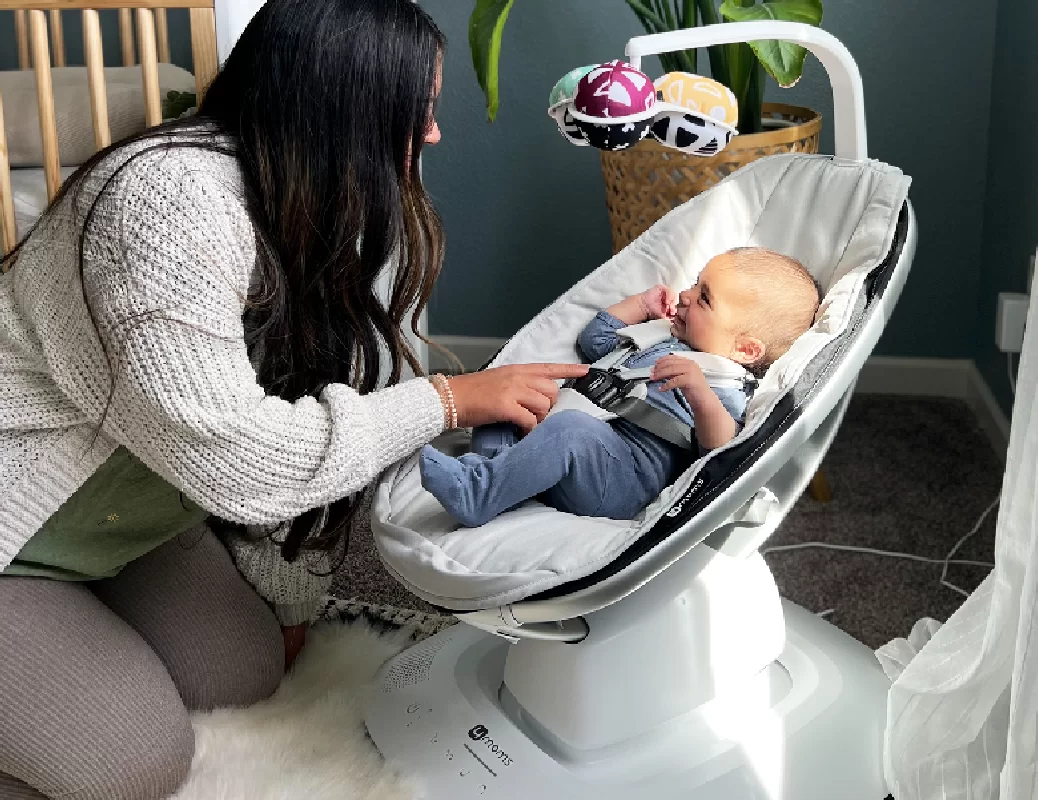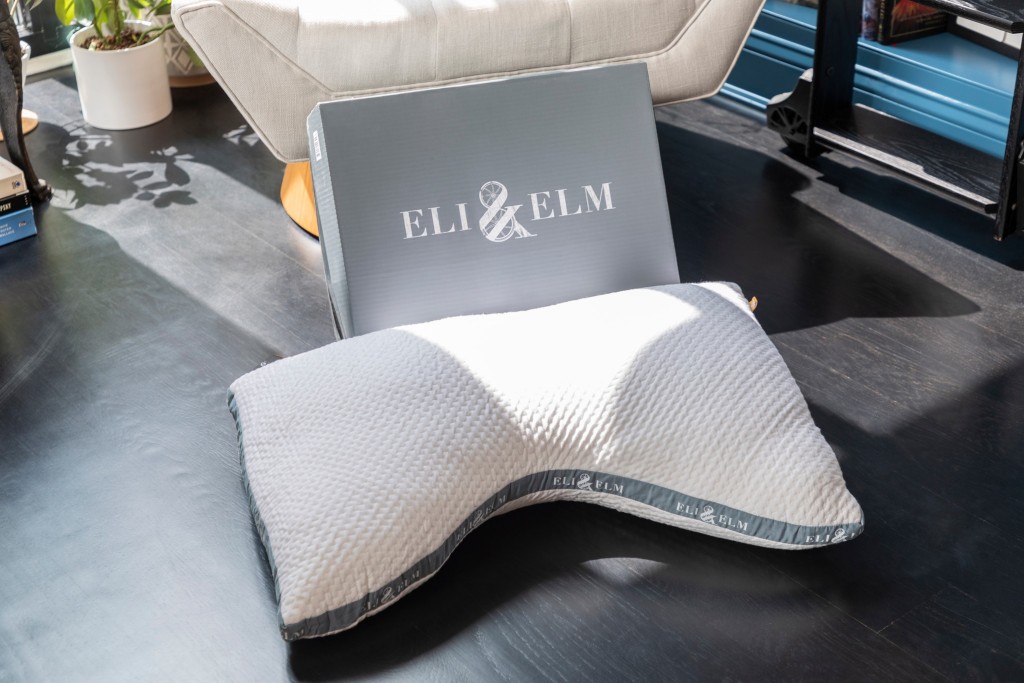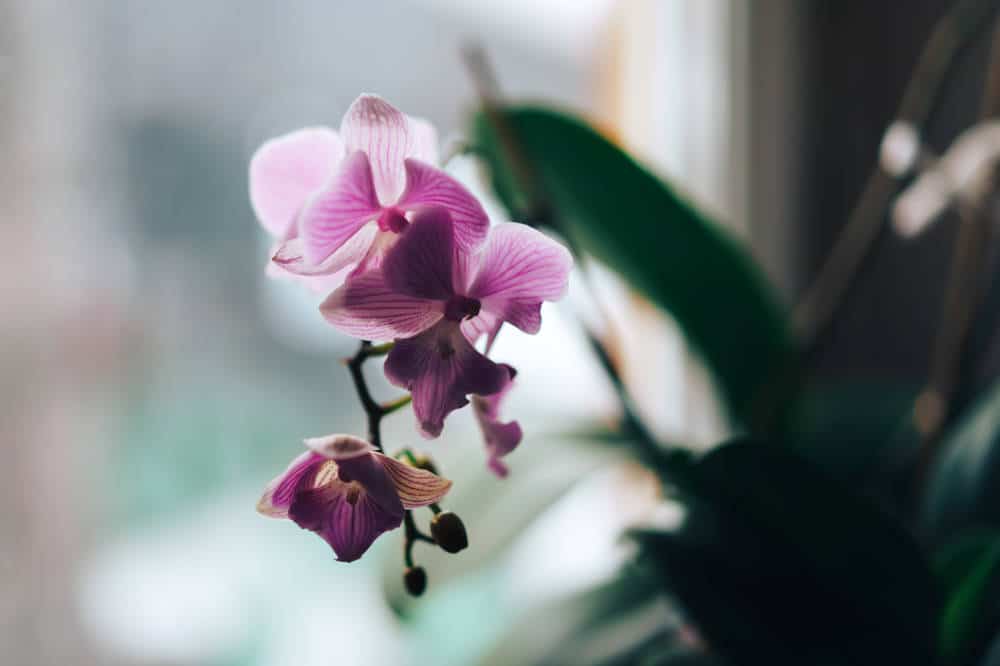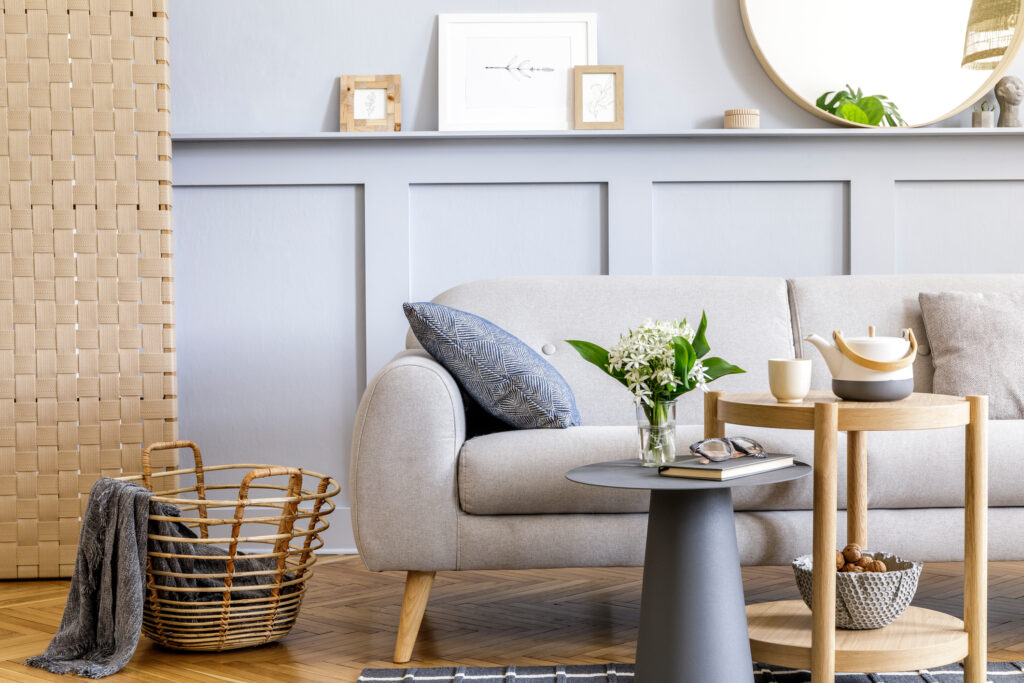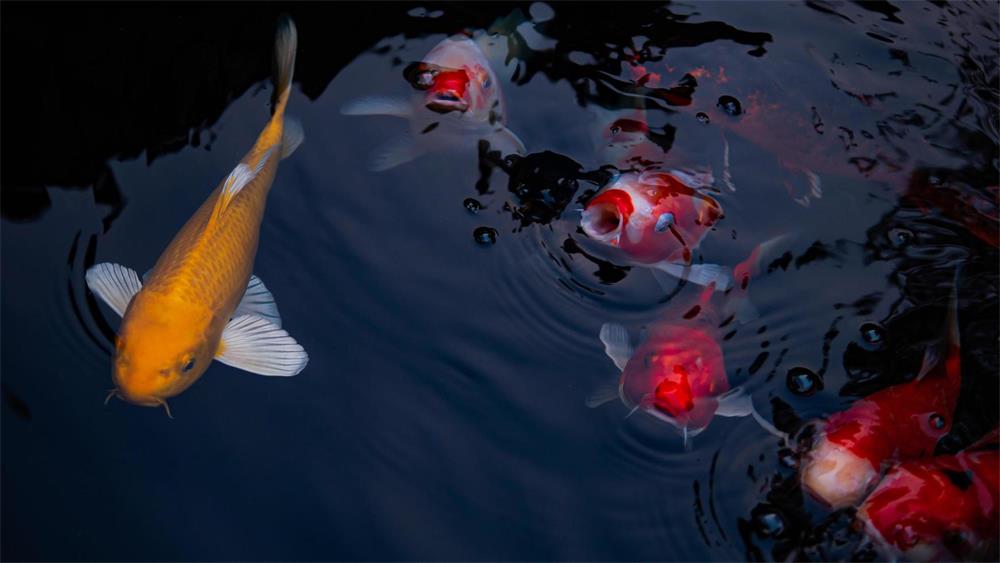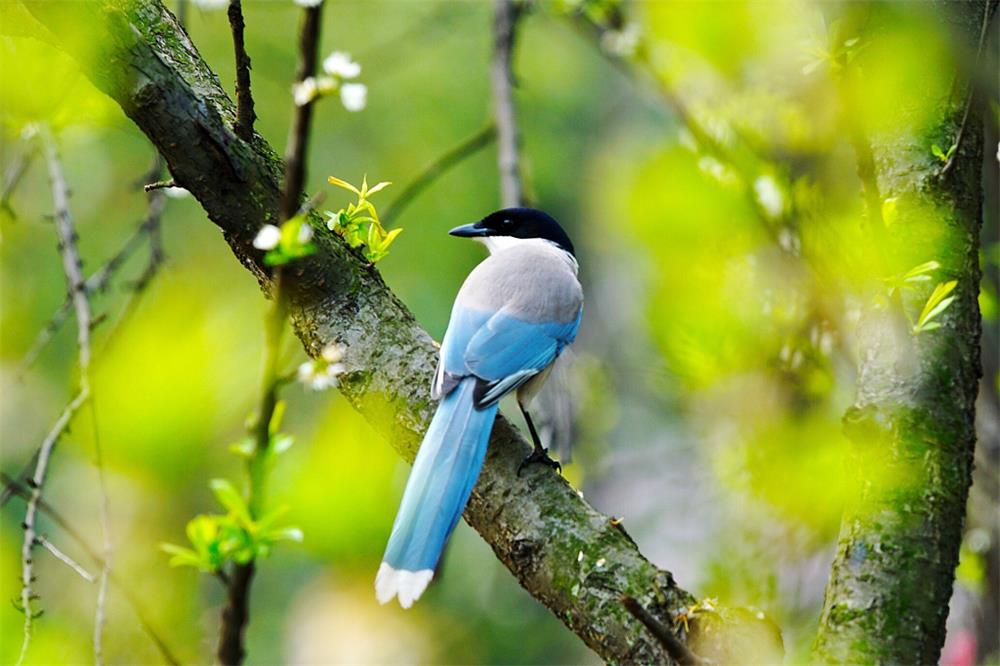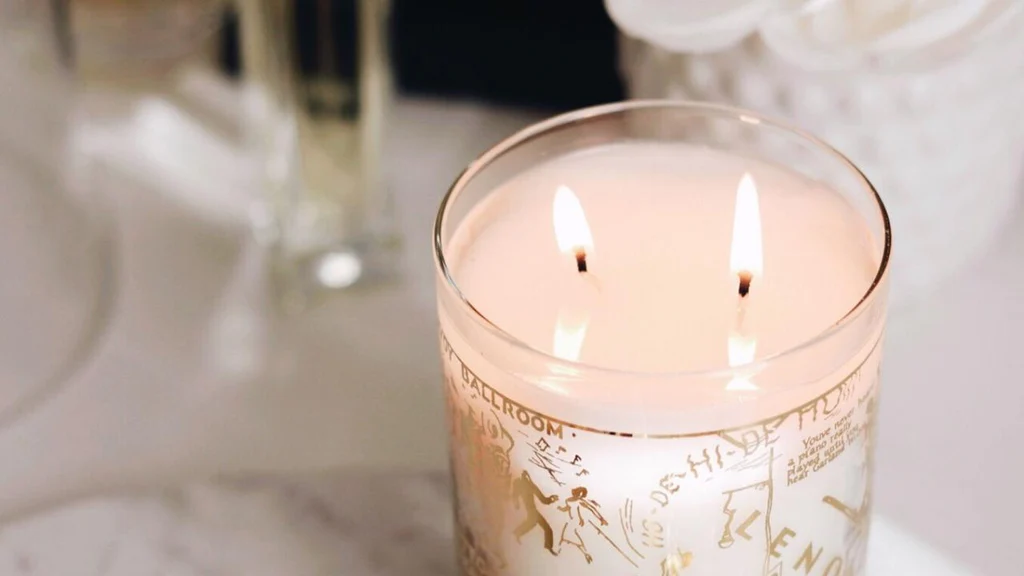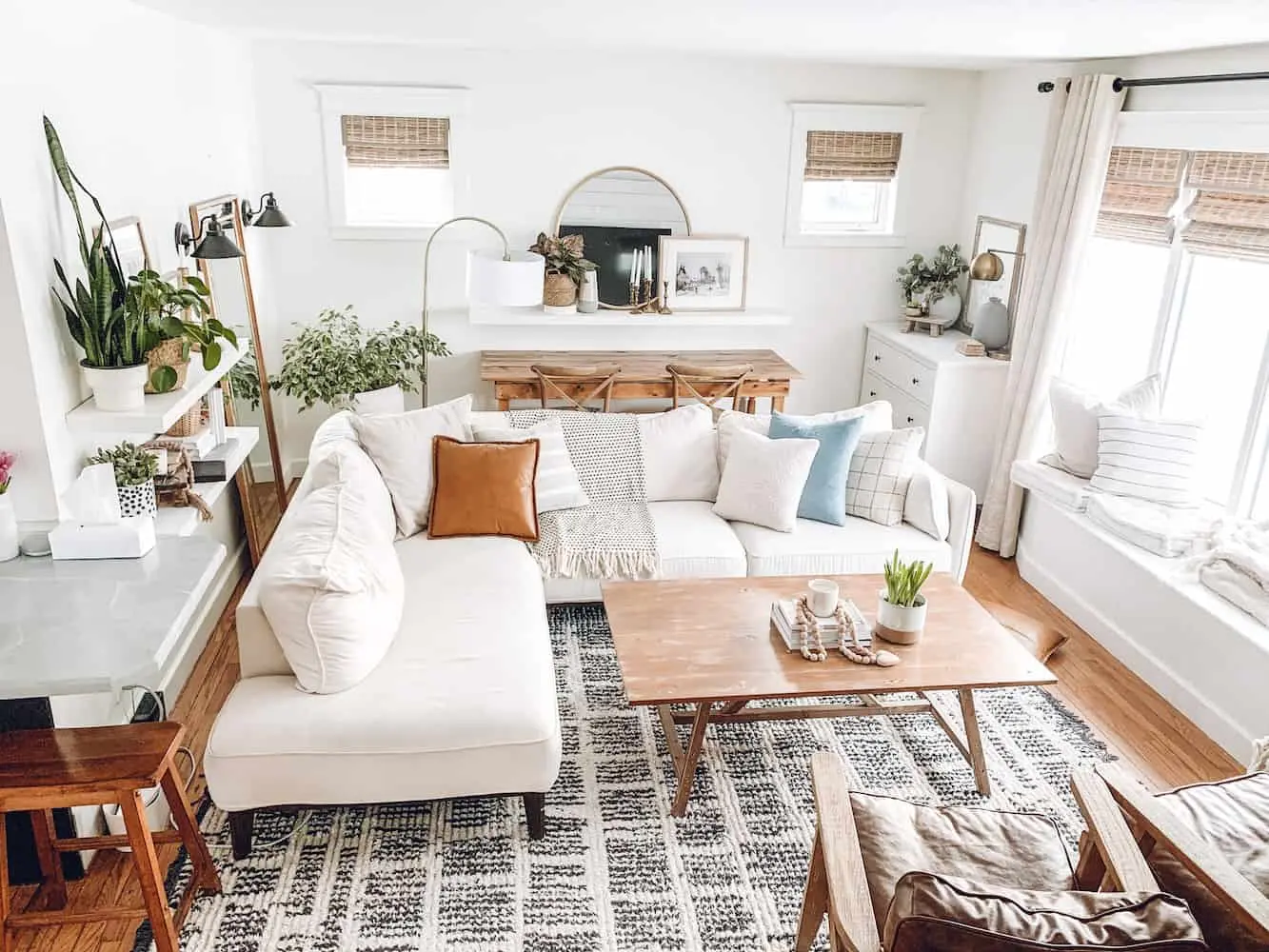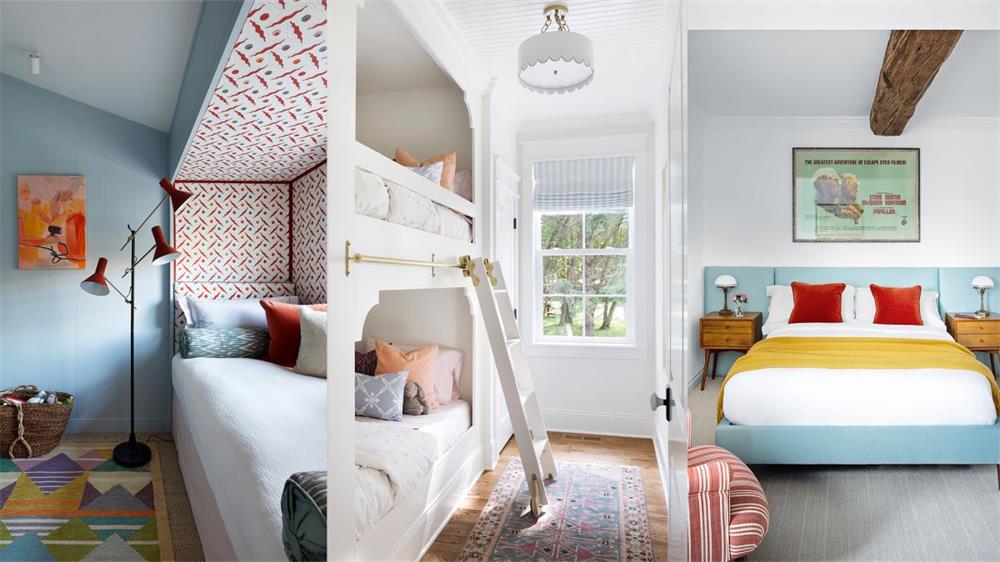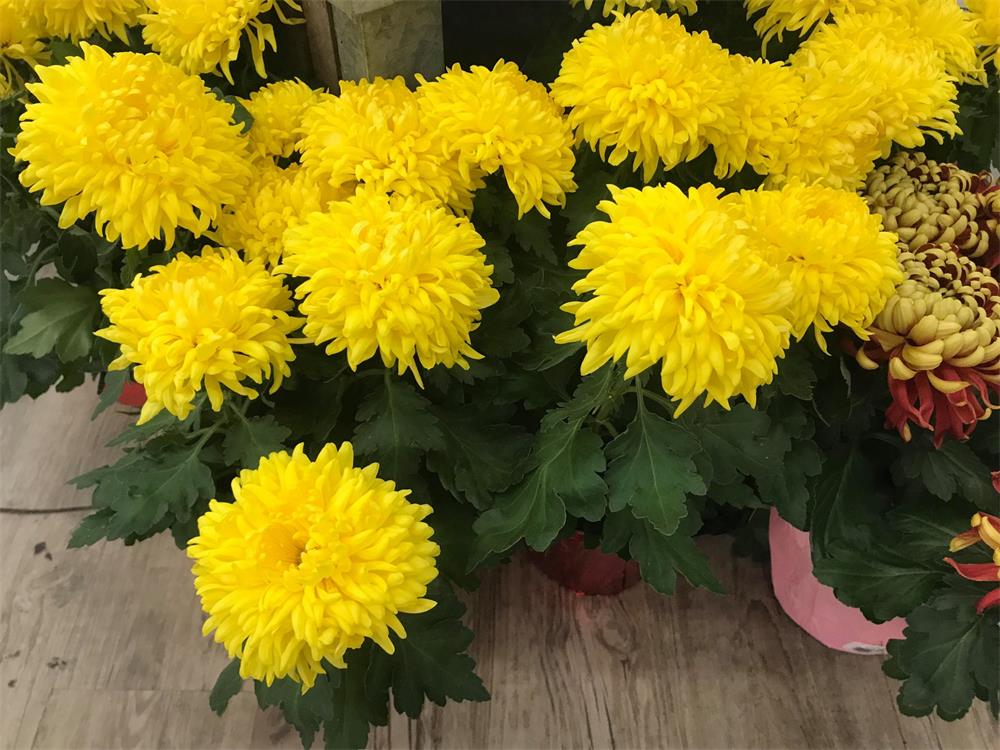Living in a tiny house can be a rewarding and liberating experience, but it also comes with some challenges. One of them is finding the right items to fit your small space and lifestyle. Sometimes, what seems like a good idea at first turns out to be a waste of money and space. Here are five things that some tiny house owners regret buying for their homes.
Contents
1. Fragile Dishes
Antoinette Yvonne is a solo van-lifer who travels around the US and Mexico in her van Zion. She loves cooking and eating on beautiful plates, so she bought two sets of Mercer dinnerware from Crate and Barrel before hitting the road. However, she soon realized that porcelain dishes are not very practical for a van life. They broke easily when she drove over bumps and potholes, and they took up too much space in her cabinets. She now shops at Target for durable and attractive dishes that can withstand the road.
2. Mini Washer/Dryer
Erika Kessler-Ison and her husband Raymond live in a 290 sq ft tiny house in Colorado with their two dogs Otto and Stella. When they moved in, they received many gifts from their family that were mini versions of regular items, such as a tiny colander that could barely hold any fruit. One of the items they bought themselves was a portable RV washer and dryer, thinking it would save them trips to the laundromat. However, they soon discovered that the machine was too small to handle their laundry needs, and it broke after a few months. They decided to stick with the laundromat and the on-site laundry at their parking spot.
3. Water Reclamation System
Jennifer Fuist built her tiny house Tiny Dreamer with an experimental 150-gallon water reclamation system from her builder. She paid $2,850 for it, hoping it would help her conserve water and reduce her environmental impact. However, she found out that the system was not very efficient or reliable, and it required constant maintenance and cleaning. She ended up using more water than she expected, and she regretted spending so much money on something that didn’t work well.
4. Too Many Books
Jenna Spesard is the founder of the blog Tiny House Giant Journey , where she documents her travels around the world in her tiny house on wheels. She is also an avid reader and writer, so she brought along many books with her when she moved into her tiny house. However, she soon realized that books take up a lot of space and weight in a tiny house, and they can also attract moisture and mold. She decided to donate most of her books to libraries and friends, and switch to digital books instead.
5. Large Furniture
Whitney Leigh Morris is a small space designer, author, consultant, and blogger behind Tiny Canal Cottage , where she lives with her husband Adam Winkleman and their son West in a 362 sq ft cottage in Venice Beach, California. She advises people who live in small spaces to avoid buying large furniture that can overwhelm the space and limit its functionality. Instead, she suggests looking for multifunctional pieces that can serve different purposes and fit into corners or vertical spaces. She also recommends buying secondhand, vintage, or handmade items that have more character and history than mass-produced ones.
6. Tips for Tiny House Living
If you’ve decided to go ahead and buy or build a tiny house, you might be wondering how to make the most of your small space. Here are some tips from tiny house experts and enthusiasts to help you live comfortably and happily in your tiny home.
1. Use Foldable and Multifunctional Furniture
One of the best ways to save space and create flexibility in your tiny house is to use furniture that can fold, collapse, or transform into different functions. For example, you can use a fold-down table that can serve as a dining table, a desk, or a counter. You can also use a sofa bed that can turn into a sleeping area at night, or a storage ottoman that can double as a seat or a coffee table.
2. Utilize Your Walls and Ceilings
Another way to maximize your space is to use your walls and ceilings as storage or display areas. You can install shelves, hooks, racks, or magnetic strips to store or hang items like books, spices, pots and pans, tools, or art. You can also use your walls and ceilings to mount lighting fixtures, speakers, fans, or plants.
3. Choose Light Colors and Mirrors
To make your tiny house feel more spacious and bright, choose light colors for your walls, floors, and furniture. Light colors reflect more light and create a sense of openness and airiness. You can also use mirrors to create an illusion of depth and add more natural light to your space.
4. Bring the Outdoors In
One of the benefits of living in a tiny house is that you can connect more with nature and enjoy the outdoors. To enhance this connection, you can bring some elements of nature into your tiny house, such as plants, flowers, herbs, or natural materials like wood or stone. You can also install large windows or doors that can open up to your surroundings and let in fresh air and sunlight.
5. Declutter and Organize
Living in a tiny house requires you to be mindful of what you own and what you need. To avoid clutter and chaos in your small space, you need to declutter and organize your belongings regularly. You can use the KonMari method , which involves keeping only the items that spark joy for you and discarding the rest. You can also use storage containers , baskets , or labels to organize your items by category and make them easy to find.
Living in a tiny house can be a rewarding and liberating experience if you plan ahead and avoid buying things you don’t need. By following these tips, you can create a comfortable and functional space that suits your needs and lifestyle.

